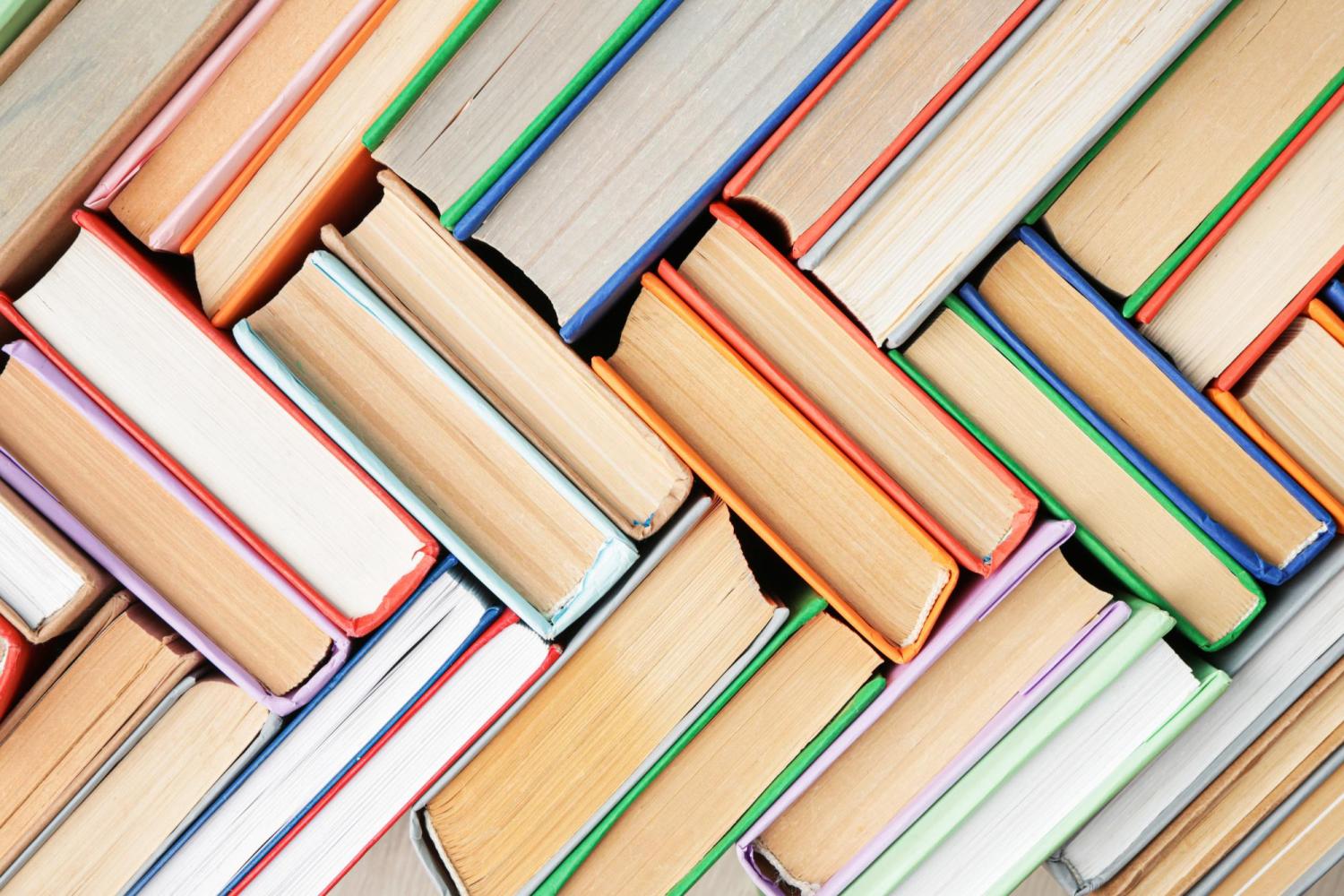The best disinfectant for library materials is time

For book borrowers, the COVID-19 pandemic has raised some concerns: What are the best ways to disinfect a book or other items typically found in library collections?
The best disinfectant—according to conservators—is “time.”
The University Libraries are placing all patron returns in quarantine for 96 hours, says Acting Preservation Manager Megan Lambert.
“We can’t treat every crevice of a bound book,” said Lambert. “Giving returned items some time will be the most effective way to treat our items in the long run.”
This action observes the recommendations of the Centers for Disease Control and Prevention (CDC) and recent reports from the Reopening Archives, Libraries, and Museums (REALM) project.
The REALM project is spearheaded by experts from the OCLC, the Institute of Museum and Library Services and Battelle to test the longevity of SARS-CoV-2—the virus that causes COVID-19—on different types of paper and plastic.
The outcome of two laboratory tests found that when held at standard room temperature and humidity conditions, commonly circulated library materials such as hardcover books, paperback books and DVDs in plastic cases showed no traces of SARS-CoV-2 after 24 hours in quarantine.
However, when items are left in a stacked configuration to mimic common storage conditions like shelved books or a pile of magazines, traces of SARS-CoV-2 could linger on different types of paper and plastic for up to four days.
By the time patrons arrive to pick up requests from Norlin Library, the items have gone through quarantine. When rotating items in and out of quarantine, libraries personnel are wearing face masks, washing their hands before and after handling collections materials and labeling item carts with the dates and times they were last handled.
Just as the libraries are monitoring the safety of materials for patrons, the libraries are also monitoring commonly circulated materials for deterioration. Conservator Hillary Morgan urges borrowers not to wash library items with soap and water or apply disinfectants to them.
“There is no guaranteed way to apply a chemical treatment like alcohol-based wipes or a Lysol spray to a book that isn’t going to cause a reaction,” Morgan said.
Morgan also urges borrowers not to use UV ray exposure as a means of sterilizing library materials. This includes microwaving books or leaving them out in the sun for an extended period of time.
When borrowers arrive at the west entrance of Norlin for contactless pickup, they will find their items paper bagged in order to avoid the unnecessary handling of requests. Items may be returned at the book drops located at Norlin’s east and west entrances, at the Gemmill Library book drop or by mail. The libraries are also working with other public and academic libraries in Colorado to provide patrons with access to additional drop off points, because the libraries know your time is valuable.

